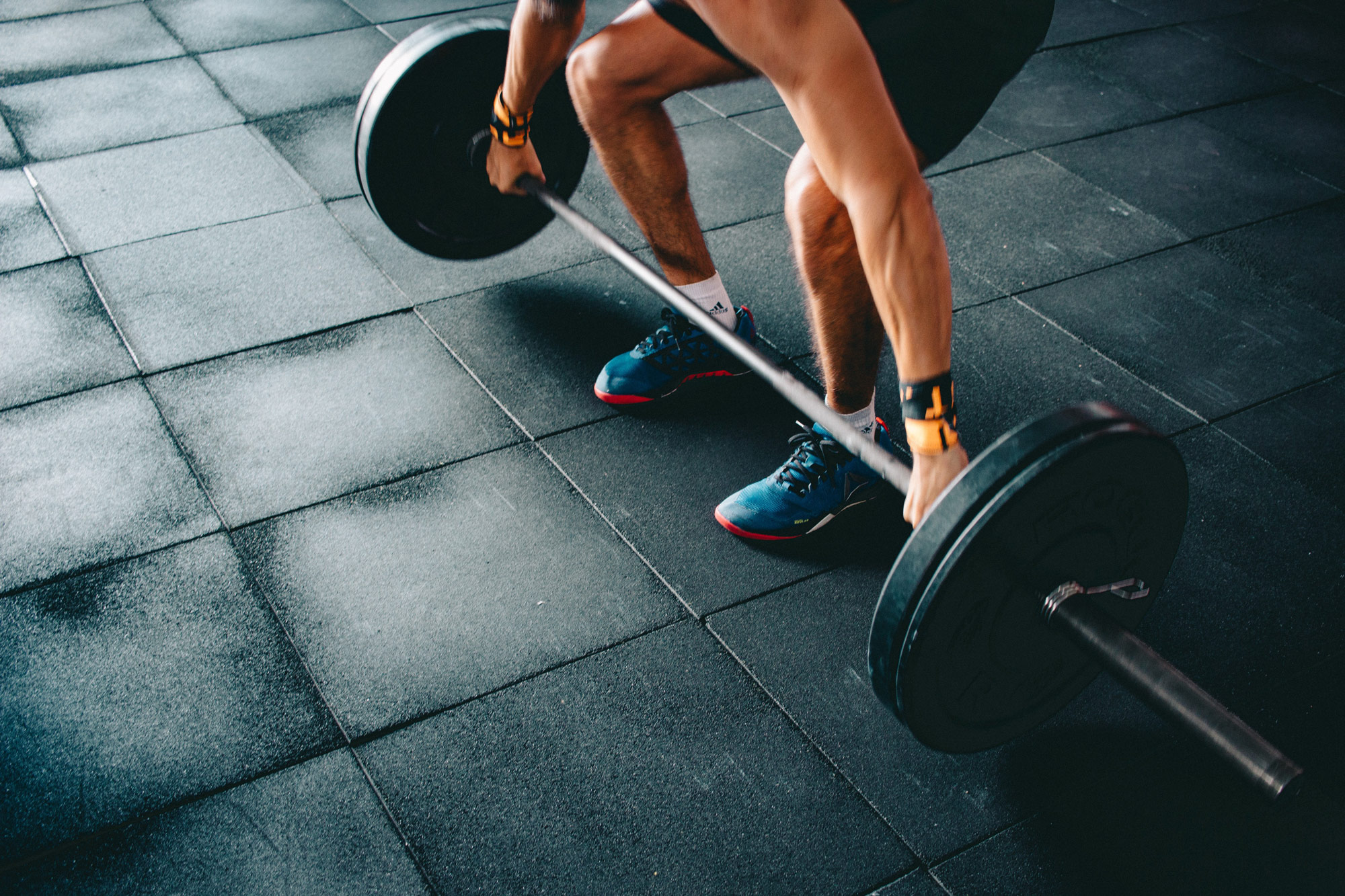“Just breathe into your belly.” Many of us have heard this before, especially if we lift.
As we progress our regimens in the gym, small tweaks can make a huge difference in the quality of our weightlifting. One such tool to help us with our lifting is to take ownership over our breathing.
What is diaphragmatic breathing?
When we think of breathing, it is an automatic process driven by our diaphragm. The diaphragm separates the thoracic cavity from the abdominal cavity, and when it contracts the change in pressure allows our lungs to fill, oxygenating our blood.
It is a process that occurs over 20,000x a day, but many of us don’t give it a second thought. When asking patients to demonstrate a large breath, what usually happens is they inhale into their chest, allowing it to rise, which also uses many secondary muscles in the chest and neck.
How Diaphragmatic Breathing Helps You Lift
 What ends up happening is that decreased breath volume can negatively affect the quality of our oxygen intake and negatively affect our trunk stability when lifting. When you focus on dropping the breath down and allowing your abdomen to rise while taking a diaphragmatic breath, this allows your abdominals to activate to provide more stability to the back, which then allows you to generate more power when lifting.
What ends up happening is that decreased breath volume can negatively affect the quality of our oxygen intake and negatively affect our trunk stability when lifting. When you focus on dropping the breath down and allowing your abdomen to rise while taking a diaphragmatic breath, this allows your abdominals to activate to provide more stability to the back, which then allows you to generate more power when lifting.
Syncing your breath with your lift is important to reduce injury by managing muscle tone and intra-abdominal pressure. When completing an exercise, you want to sync your exhale with the concentric portion of the lifting phase, and the inhale during the eccentric portion.
A good example is during a squat. You would inhale as you lower down, then exhale as you drive through your heels to return to standing position. This would provide increased abdominal activation, allowing for improved glute contraction and overall improving the power generated during your lift!
This can be applied across all exercises, it’s just important to put thought into how you are completing the movement, even if you are using a machine.
What about other types of exercises?
Now I’m sure you are asking, well I cycle/run/swim! What about me? The most important thing to remember with cardio is that you need to find a good rhythm that includes breathing deeper, which will help oxygenate your blood throughout your workout.
If you have any further questions about how breathing impacts your lifting quality, feel free to contact a physical therapist at CSCM today!
